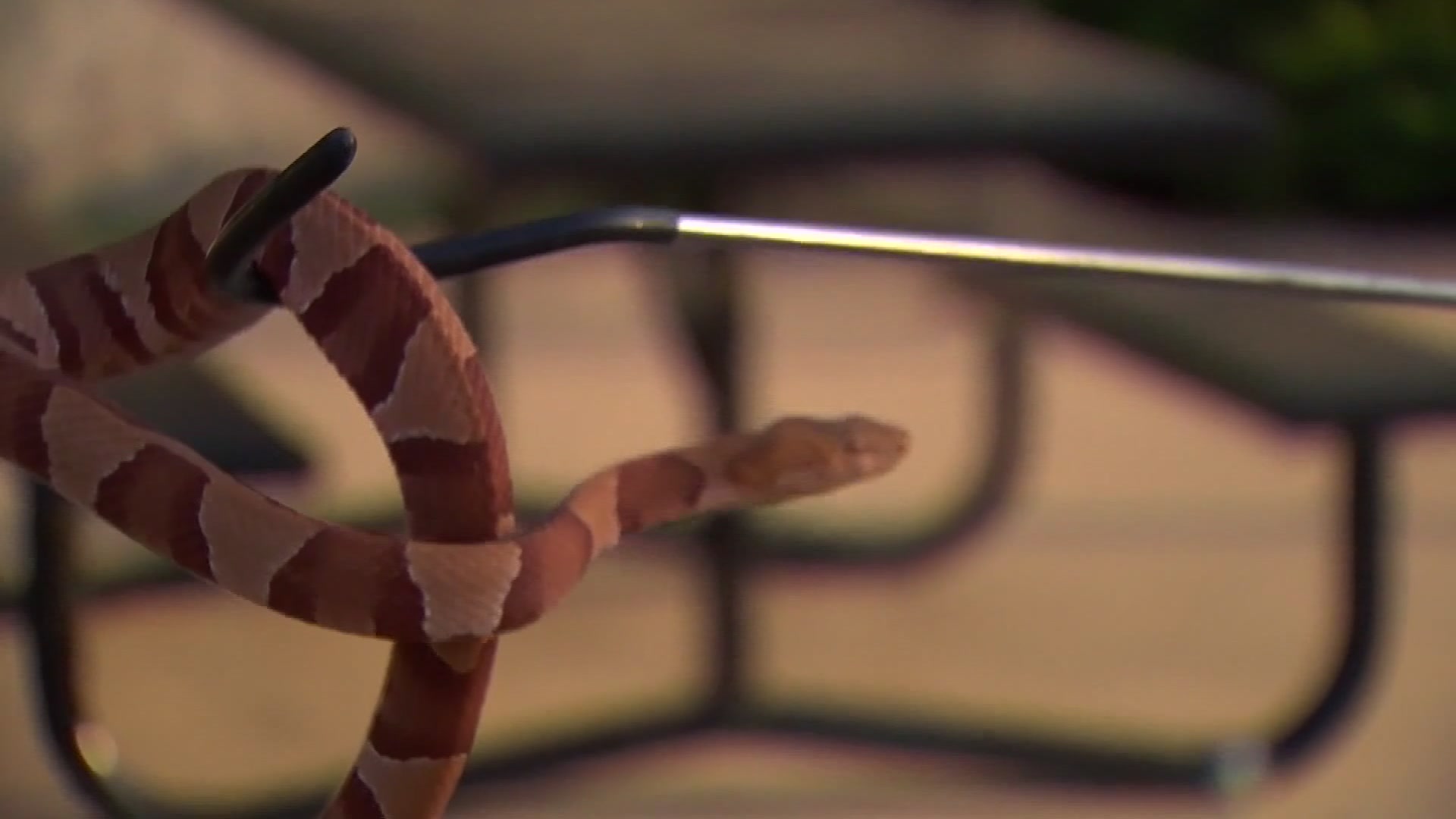The U.S. government is funneling another $5 million to a pipeline project that is designed to one day bring billions of gallons of drinking water a year to parts of eastern New Mexico where supplies are rapidly declining.
The Ute pipeline project has been decades in the making to ease the strain on the Ogallala aquifer, a massive groundwater supply that underlies parts of New Mexico, Texas and several other states.
The latest report from federal scientists shows average water levels across the expansive aquifer dropped by less than a foot between 2013 and 2015. Declines have been more dramatic over the last half-century, topping 230 feet in some places.
While efforts to reduce pumping have slowed the rate of decline in recent years, officials in Clovis and other eastern New Mexico communities say the need remains for a more sustainable source of water for the estimated 70,000 people who depend on the aquifer.
One of six congressionally approved rural water projects underway nationwide, the pipeline would bring water from Ute Reservoir to Cannon Air Force Base, Clovis, Portales and other communities along the Texas-New Mexico border.
The communities are praising the latest infusion of funding, which marks the largest financial award to date. Still, the federal dollars represent just a fraction of what will be needed to complete the project.
The price has ballooned to more than a half-billion dollars, and the Bureau of Reclamation has acknowledged it could end up costing $750 million.
Local
The latest news from around North Texas.
In all, more than $46 million has been requested by the Trump administration for rural water projects for the 2018 fiscal year. That's more than what was set aside by the Obama administration for spending in 2017 but less than previous years.
Pairing the federal money with state and local matching funds, the Eastern New Mexico Water Utility Authority now has about $14 million to begin the next phase, which officials say will be the backbone of the project.
"I think it is really exciting that the project has advanced this far," said Gayla Brumfield, chairwoman of the water authority. She said the funding indicates the federal government believes in the project.
A piece of the project calls for a system of pipelines that would connect the Air Force base and other communities to areas where the aquifer has the potential to produce more water to ensure none of the members runs dry before the pipeline from the reservoir is completed.
Design and construction of that network is estimated at $88 million. The first bids are expected to go out this fall.
Ute Reservoir was completed in 1963, with the intention of storing water downstream communities that rely on the Ogallala. It wasn't until 2009 that Congress approved the pipeline project in the face of what eventually became an unprecedented drought in New Mexico.
The initial phase -- an intake facility at Ute Reservoir -- was completed in April 2016.
In an effort to further slow the decline of the aquifer, Land Commissioner Aubrey Dunn is encouraging oil and natural gas companies in the region to consider using recycled water for their operations rather than pumping fresh groundwater. His office this year instituted a review policy for permitting any new pumping on state trust land.
Many companies are already moving in that direction, and city leaders say municipal conservation efforts will continue in order to stretch existing supplies.



